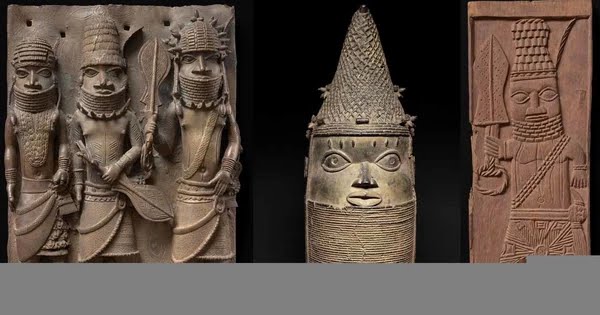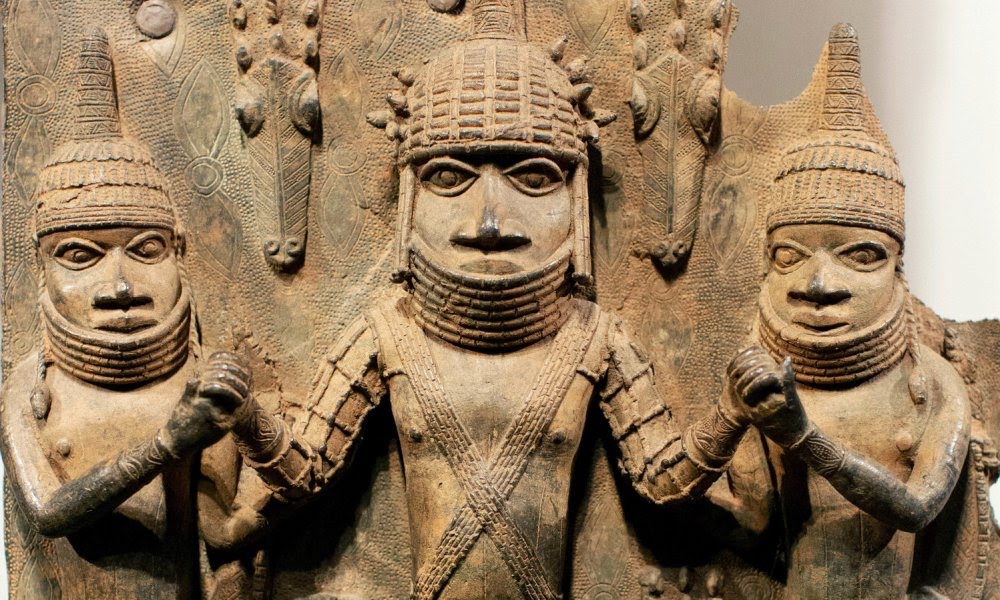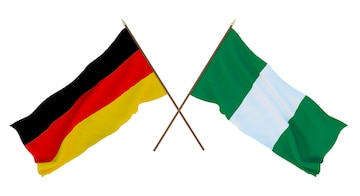An agreement has been signed by Germany to return the Benin artefacts currently in its possession to Nigeria.
The Foundation of Prussian Cultural Heritage (known in German as Stiftung Preußischer Kulturbesitz; SPK) and Nigeria’s National Commission for Museums and Monuments (NCMM) signed the agreement on Thursday.
In a statement, SPK explained that the Benin bronzes, which number about 512, now officially belong to Nigeria following the transfer agreement.
The statement, however, noted that not all of the artefacts will be returned to Nigeria this year.

“About a third of the transferred objects will remain on loan in Berlin for an initial period of 10 years, renewable by mutual consent and will be exhibited in the Humboldt Forum,” the statement noted.
This is the most extensive transfer of stolen museum artefacts on record. It represents a long-won victory for Nigeria after years of clamouring to regain ownership of the museum objects which were looted sometime around 1897 by colonialists.
Speaking on behalf of Nigeria, the Director-General of the NCMM, Mr Abba Isa Tijani, said the development is a welcome one and a pointer to “a future of collaboration among museums, a future of according respect and dignity to the legitimate requests of other nations and traditional institutions”.
The returned objects will be beneficial to Nigeria’s tourism sector, as they are expected to attract more tourists from different parts of the world.

Like Nigeria, many African countries have been fighting to get back artefacts stolen during the 1800s.
French President Emmanuel Macron pledged to return African heritage to Africa during a visit to Burkina Faso in 2017 and signed a landmark deal transferring ownership of 26 Beninese works of art to the Republic of Benin.

Recently, the Smithsonian Institution’s National Museum of African Art in Washington, DC repatriated some stolen collection bronzes from the Kingdom of Benin, a territory located in present-day Nigeria, which included modern-day Lagos.
As much as 90% of African artefacts are believed to be currently displayed in foreign museums, according to Reuters.
















